Property Geek
We provide the actual and accurate information with unbiased user driven reviews to our viewers, to help them see the best and find the best!
View posts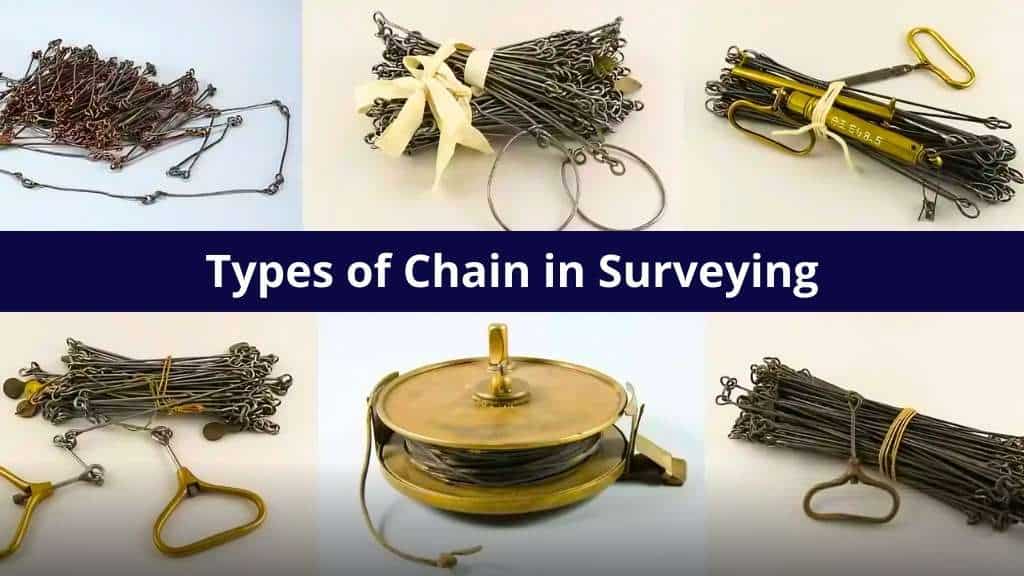
Ever wondered how engineers measure land so accurately, even before fancy gadgets like GPS and drones entered the scene? The answer lies in a surprisingly simple tool—chains. Yes, actual metal chains! In civil engineering, chains have been the backbone of land measurement for centuries, and even today, they’re still taught, tested, and sometimes used for smaller projects.
Now, when we say “chains,” we don’t mean the ones on your bicycle or the gold one around your neck. We’re talking about different types of chain in surveying. specially designed instruments that help surveyors measure ground distances with precision. Each type has its own length, design, and use case, and if you’re into civil engineering, you’ll be surprised at how much history and technique is tied to this simple tool.
In this blog, we’re breaking down 10 different types of chains used in surveying, their lengths, where they’re used, and why they still matter in 2025. By the end, you’ll know exactly what a metric chain in surveying is, why an engineering chain became a standard, and how the good old Gunter’s chain shaped land measurement in the past.
So, let’s get started.
Chain surveying measure distances using either a chain or a tape. It is a type of land surveying that focuses solely on linear measurements and does not involve angular measurements.
This discussion will cover the definition of chain surveying, the principles underlying this technique, the various types of chains in surveying, the instruments employed in chain surveying, the procedure followed in conducting a chain survey, and a diagram illustrating chain surveying. Chain surveying is well-suited for rugged terrains and challenging conditions.
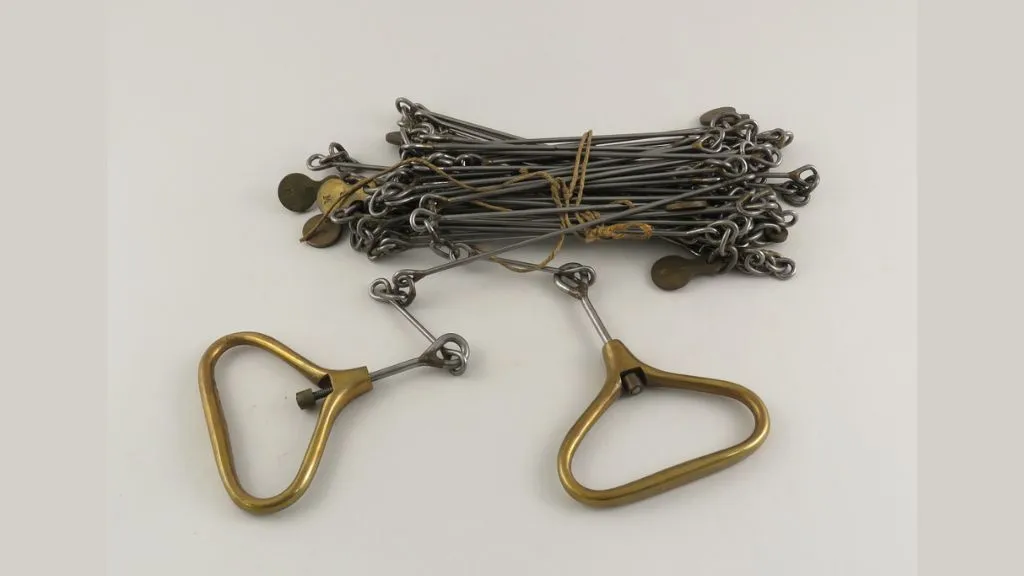
The metric chain is the most common and widely used type of chain in surveying, especially in India. Available in lengths like 5m, 10m, 20m, and 30m, but 20m is the standard one. Links are marked with brass tallies every 1m or 5m to make readings easier.
If someone says “bring the chain” on a survey site today, chances are they’re talking about a metric chain.
Metric chains are lightweight and easy to handle, ensuring efficient measurements without causing fatigue. Their durability and resistance to wear make them ideal for long-term use in engineering and construction projects. Their precise results and user-friendly design have made them a preferred choice for modern surveyors.
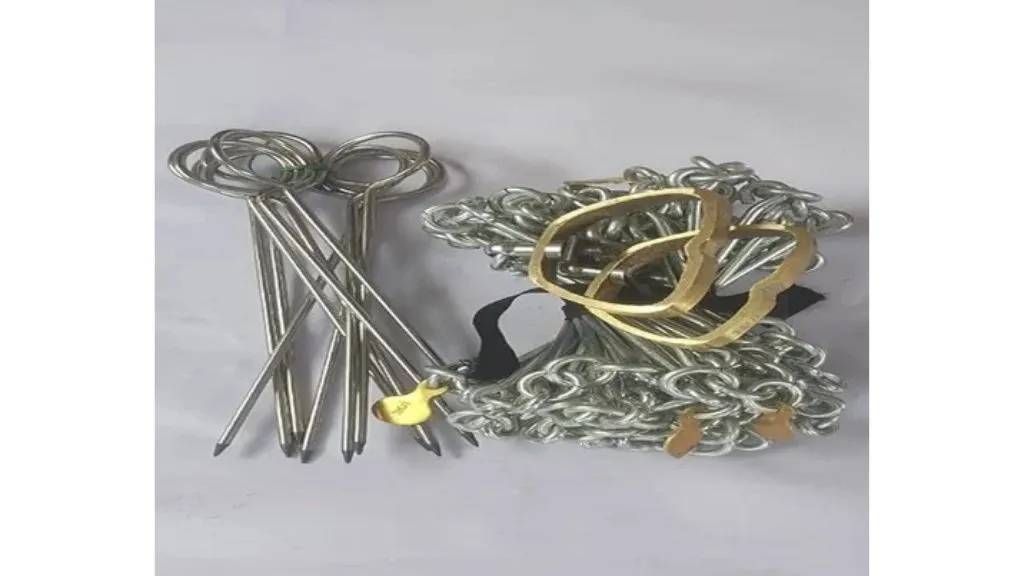
Shorter and simpler, the revenue chain is only 33 feet long and divided into 16 links. Used mostly in revenue or cadastral surveys where small plots of land are measured.
Importance of Revenue Chains
Revenue chains are essential for ensuring transparency and fairness in assessing agricultural taxes. They also help maintain accurate land ownership and property boundary records, which are vital for governance and dispute resolution.
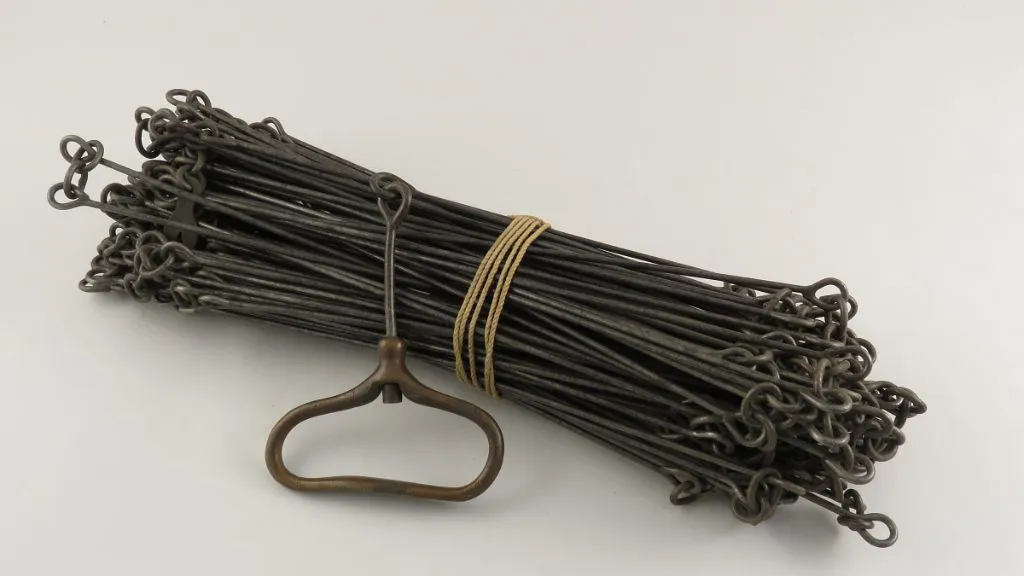
No surprises here—the engineer’s chain was made for engineers! It’s 100 feet long, with 100 links, and each link equals exactly 1 foot. This makes calculations straightforward and super practical.
It’s not as popular today, but in textbooks and exams, it always shows up.
Why Use an Engineering Chain?
The engineering chain is built for precision and durability, making it ideal for use in challenging terrains. Its robust construction ensures consistent accuracy across vast areas, helping surveyors achieve reliable measurements for large-scale projects.
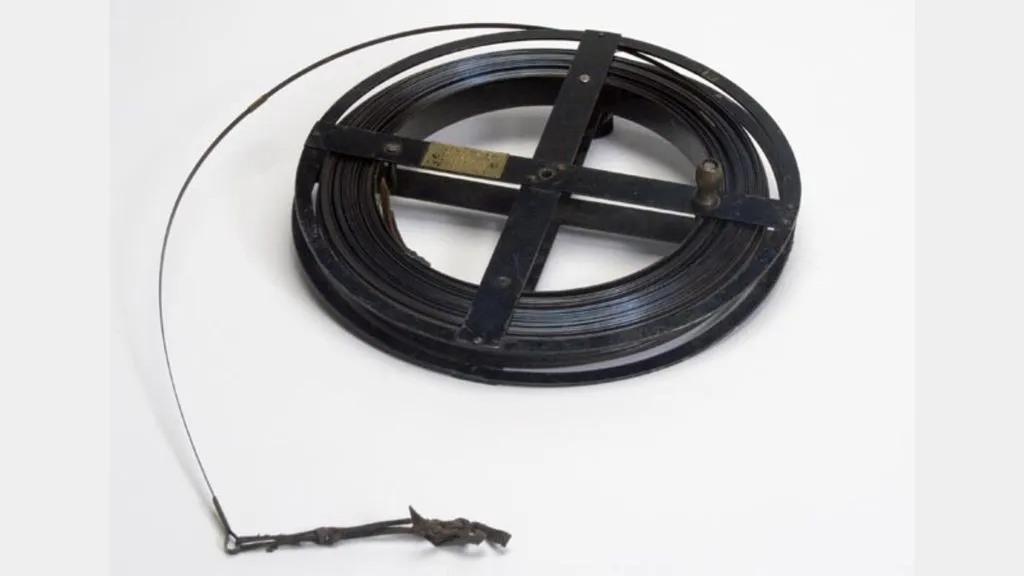
Think of this as the modern cousin of the old-school chain. Instead of linked wires, it’s a steel strip (or band), usually 20m or 30m long, with graduations marked. It’s lighter, easier to carry, but a little more delicate compared to metric chains. Surveyors who wanted precision without bulk often went for this one.
Advantages of Steel Band Chains
Steel band chains are durable and reliable, resistant to rust and wear. Their lightweight nature ensures ease of handling, while their precision makes them indispensable for tasks where accuracy is paramount.
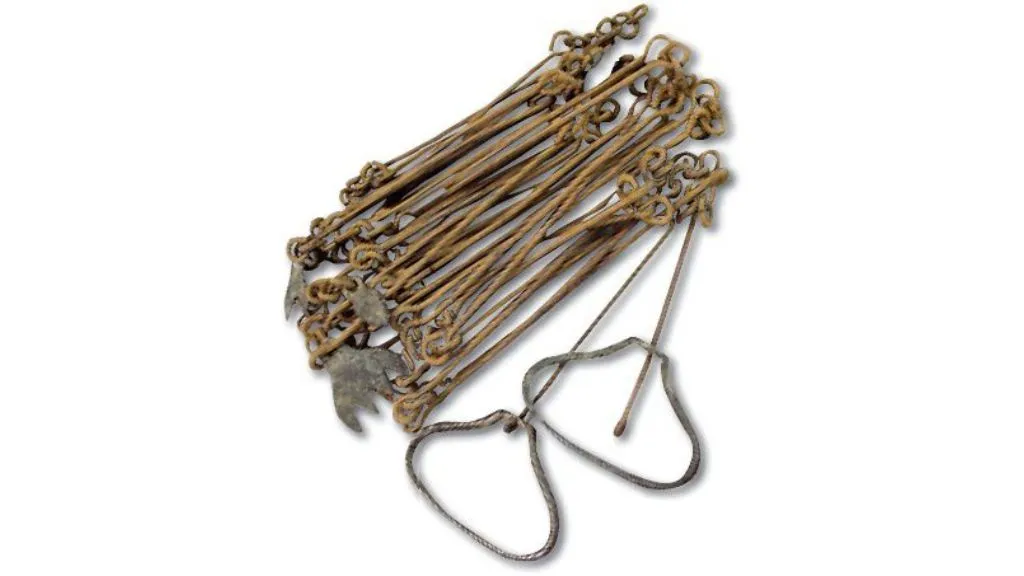
Also known as the surveyors’ chain, this one dates back to the 1600s. It’s 66 feet long, divided into 100 links, each link being 0.66 feet. Farmers and revenue officers loved this chain because it simplified land measurement into acres.
Unique Features of Gunter’s Chain
The Gunter’s chain is tailored for calculations involving acres, making it a valuable tool for specific surveys. Though less common today, its simplicity and accuracy make it worthwhile for tasks requiring traditional measurements.
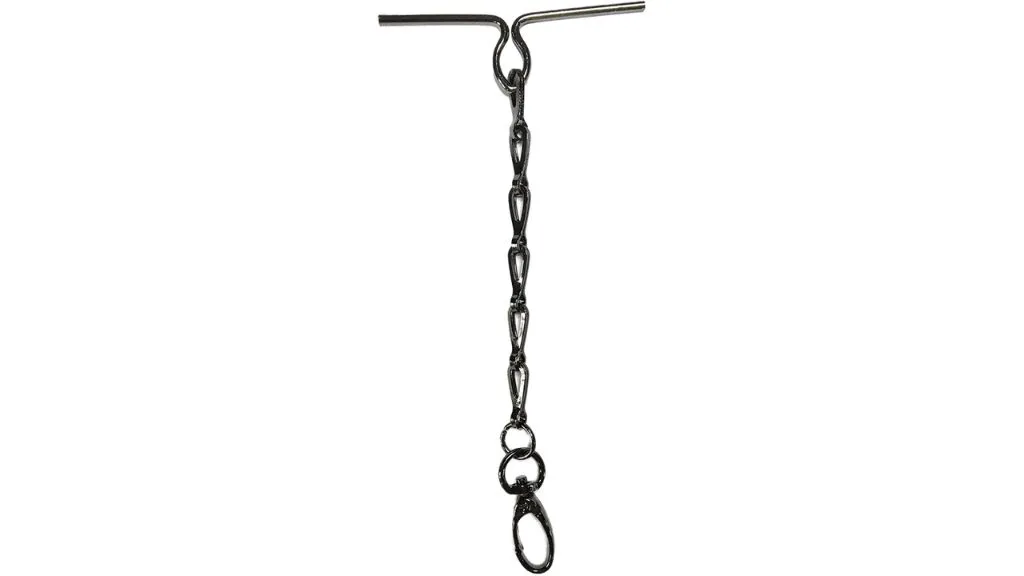
While technically not a chain, in many modern surveys the steel revenue tape is considered a replacement for the short revenue chain. It’s light, easy to handle, and serves the same function.
Uses include Property surveys, small plot measurements, and quick boundary checks.
Why Choose a Tape Chain?
The tape chain’s flexibility and portability make it a preferred choice for professionals who require mobility. It ensures accurate results in environments where quick adjustments and efficient handling are essential.
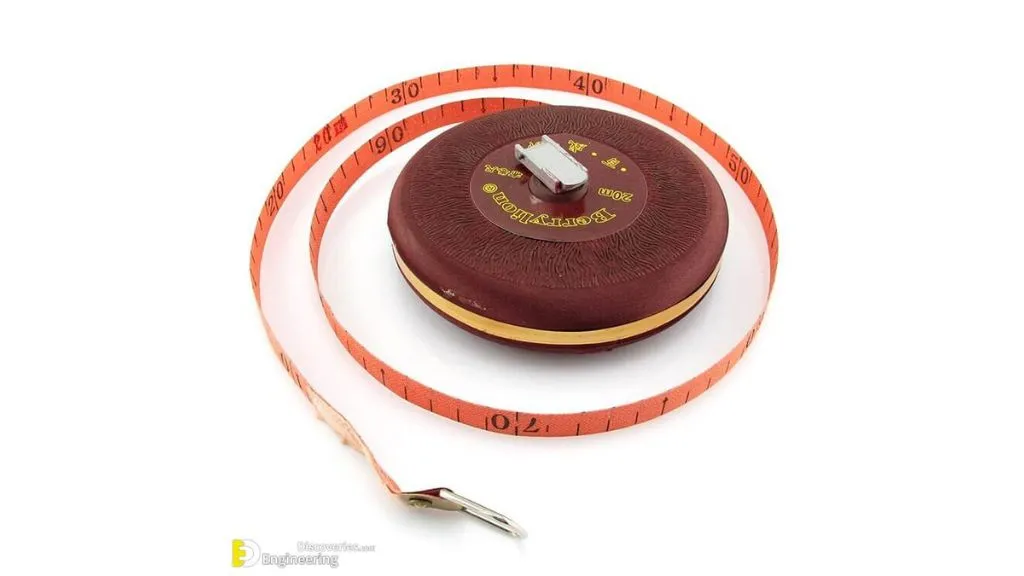
The linen chain is a lightweight and cost-effective option made from woven linen.
Limitations of Linen Chains
While affordable and lightweight, linen chains lack durability and are prone to wear and tear. Thus, they are suitable for minor or short-duration surveys but unsuitable for extensive or precise tasks.
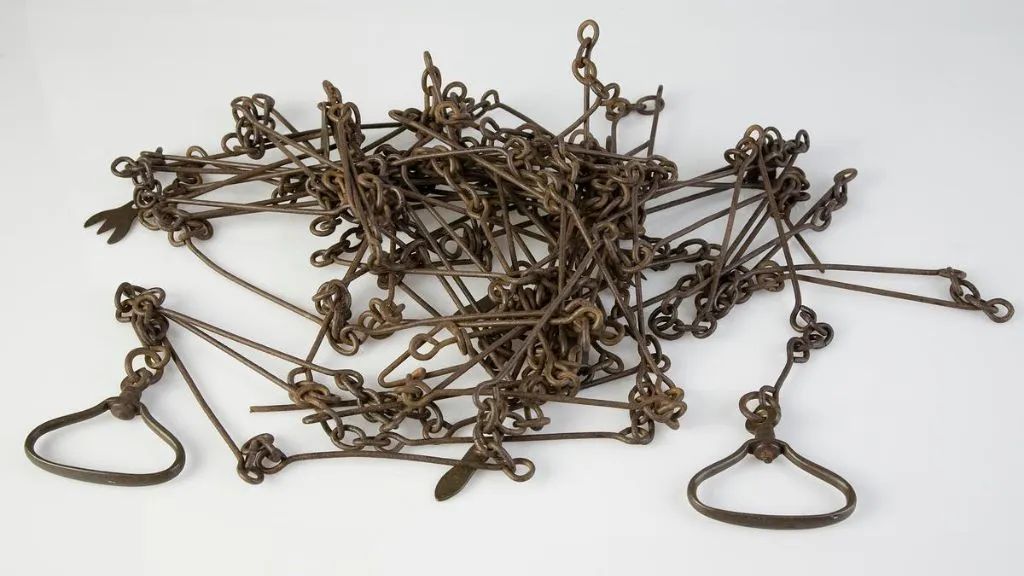
The surveyor’s chain is a versatile tool, adaptable to various surveying needs.
Benefits of Surveyor’s Chains
Surveyor chains are durable, reliable, and easy to use, making them popular among professionals. Their adaptability ensures they can efficiently handle a wide range of measurement tasks.
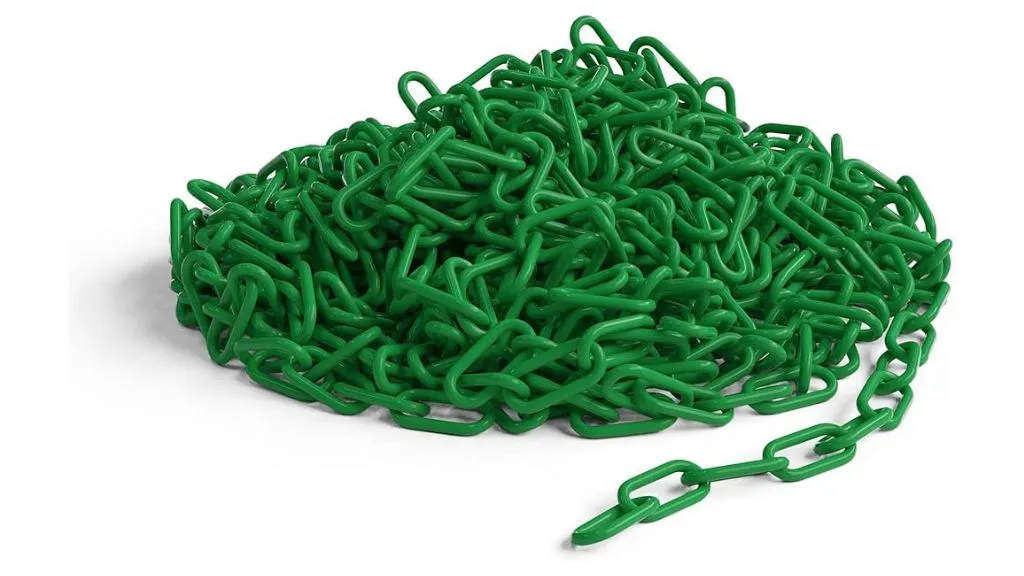
The plastic chain is a lightweight, weather-resistant option ideal for specific environments.
Why Use Plastic Chains?
Plastic chains are ideal for harsh conditions. They offer excellent resistance to environmental factors while remaining lightweight and easy to handle.
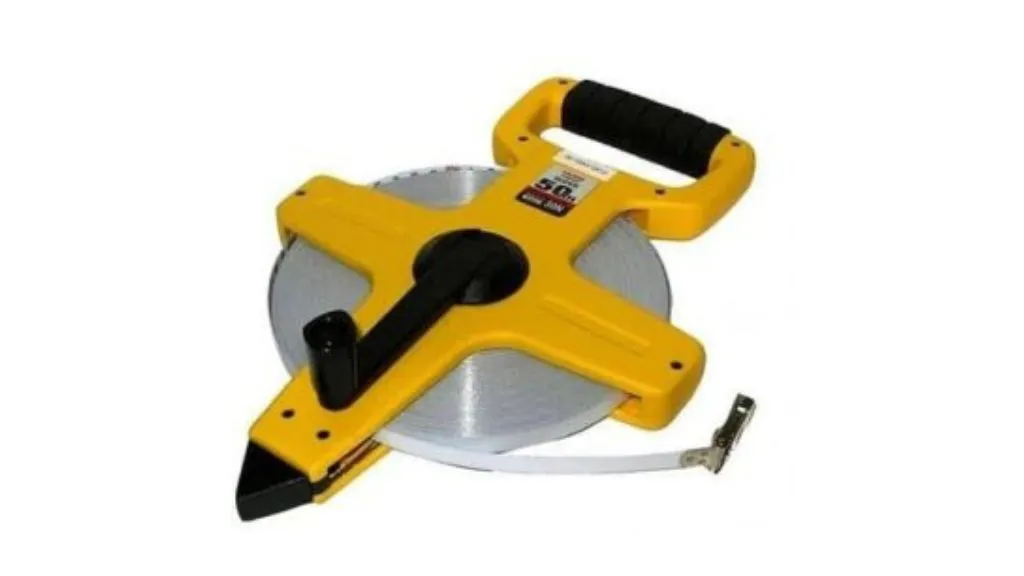
The invar chain is designed for high-precision measurements and is made from nickel and steel alloy.
Unique Features of Invar Chains
The invar chain maintains consistent length, even under extreme temperature variations, ensuring unparalleled accuracy. This makes it indispensable for projects where precise measurements are non-negotiable.
So now that we’ve walked through the different types of chain in surveying, let’s pause for a second. Why are these chains even a big deal in the first place? Well, like every tool in civil engineering, they come with their own set of perks and problems.
That’s why many small-scale projects in India still rely on these engineering chains.
In short, we can say, chain surveying is like that trusty old Nokia phone—super reliable in certain situations but not the fanciest tool for modern needs
Okay, so we know the types of chains in surveying and their pros and cons. But the real question is — where do engineers actually use them today? Turns out, even in 2025, these humble chains still find their place in the field.
When you buy or sell land, someone has to mark the boundaries, right? Chains (especially metric chains in surveying) are still used to measure plots, farmlands, and small properties with accuracy.
From marking the layout of a building foundation to checking distances on-site, chains help civil engineers set the base measurements before heavy machinery takes over.
In the early stages of road or railway alignment, chains assist survey teams in measuring straight stretches of land. Think of it as the groundwork before advanced instruments step in.
Surveying farmland, irrigation canals, or rural development projects often uses engineering chains—they’re sturdy, easy to carry, and perfect for medium-scale work.
If you’ve ever taken a civil engineering course, you’ve probably handled a metric chain in your surveying lab. They’re still a core part of student training because they teach the fundamentals of measurement.
Surveying has come a long way. Today, we’ve got GPS, drones, and laser scanners that can map entire cities in minutes. But even in this high-tech age, the different types of chains in surveying continue to hold their ground. They’re simple, cost-effective, and teach us the very basics of measurement in civil engineering.
So, whether you’re a student holding a metric chain in surveying for the first time, or a professional marking land boundaries with an engineering chain, remember this: sometimes the oldest tools are still the most dependable.
In short, if you’re wondering “which chain is best in surveying?”—go with the Metric Chain. It’s the all-rounder, trusted across generations of engineers.